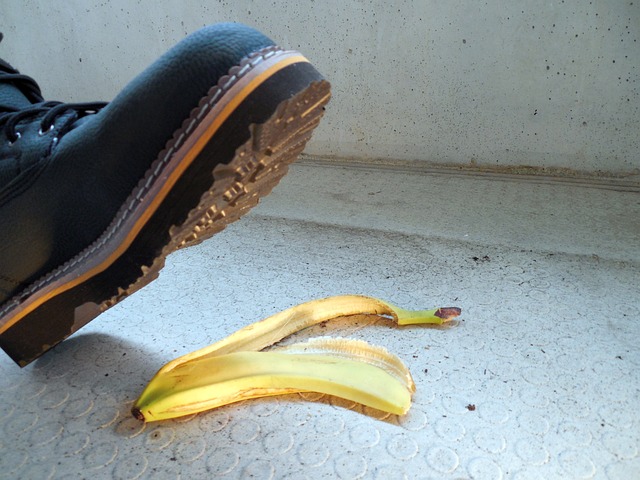
Slip-and-Fall-Type Accidents Explained
A slip-and-fall accident refers to an incident in which a person slips, trips, or falls as a result of a dangerous or hazardous condition on someone else’s property. Contrary to popular belief, slip-and-fall accidents affect huge numbers of Canadians every year. According to the Government of Canada’s most recent statistics, “falls were the leading cause of injury hospitalization among all ages,” making them an important type of personal injury to be familiar with.
In this blog, we will shed light on the concept of slip-and-fall accidents, where and why they occur, common fall injuries, how to know if you have a slip-and-fall claim and what kind of damages you can be compensated for in a slip-and-fall claim.
Slip-and-Fall Accidents: Where and Why They Happen
Slip-and-fall accidents often lead to personal injury. These types of accidents can happen anywhere from public places such as grocery stores, shopping centres and public buildings to commercial sites, such as offices or industrial warehouses, and even outdoor spaces, like sidewalks and parking lots.
There are a number of factors that can cause a slip-and-fall accident. Chief among these are wet or slippery surfaces, such as those created by spills, leaks, rain, or ice. Poor lighting can also be a risk when it comes to slip-and-fall accidents, as people may not be able to notice the fall hazards around them. Spaces that are poorly designed with uneven surfaces and changes in elevation that are not identified by cautionary signs can contribute to slip-and-fall situations as well.
Slip-and-fall accidents can also be a result of negligence. In some cases, property owners fail to properly maintain their premises, leaving hazardous spills, broken flooring, or objects in walkways. In other cases, their employee may not provide adequate warning of a hazard, like a wet floor for instance, and it could lead to someone suffering a serious injury.
Common Slip-and-Fall Accident Injuries
Slip-and-fall accidents can result in a range of physical injuries, including bruises, fractures, and even traumatic brain injuries. A severe fall injury can have a significant impact on a person’s life and can result in long-term health problems, particularly if they are of a more advanced age.
Slip-and-fall accidents often result in back and neck injuries, such as strain and sprains. These types of injuries can cause severe pain and limit mobility, along with headaches and other symptoms. In extreme cases, nerve damage or chronic pain may occur as a result of a neck or back injury.
Head and brain injuries, such as a concussion or a skull fracture, are also not uncommon in these types of accidents. Symptoms resulting from head trauma may include confusion, memory loss, coordination issues or headaches. In extreme cases, the injured person may suffer from permanent brain damage, paralysis or even death.
Another common category of slip-and-fall injuries are fractures. A fracture occurs when a bone breaks or cracks, causing pain, swelling, and limited mobility. All parts of the body are at risk for fractures after a slip-and-fall accident; some commonly affected areas include the wrist, hip, ankle, and leg. Fractured bones can have severe long-term impacts on a person’s health if neglected or improperly treated.
Soft-tissue injuries such as sprains, strains, and bruises may also be present after a slip-and-fall accident. Soft-tissue injuries can cause a similar range of symptoms as fractured bones if left untreated. It is therefore important to seek medical attention after a fall injury occurs to receive the proper care necessary for recovery.
How to Know if You Have a Slip-and-Fall Claim?
To determine if you have a valid slip-and-fall claim, it is essential to assess the different elements involved in the situation. Firstly, the burden of proof lies with you to show that the business or property owner had a duty of care to keep their premises safe for visitors. This responsibility applies irrespective of whether the property is public or private. Secondly, you must prove that the property owner was aware of any hazardous conditions or should have been aware through reasonable inspection.
Next, you need to demonstrate that the hazardous condition caused your slip-and-fall. This means proving a direct connection between their negligence and any injuries you sustained.
For example, if you slipped on a wet floor in a grocery store due to an accumulation of spilled liquid, this element of negligence would need to be established for there to be any liability on behalf of the store owner. In order for you to have a chance of receiving compensation for any losses incurred from the incident, you must accurately detail the extent of your losses by providing the appropriate documentation. Accident scene photos can be very helpful in proving the negligence of the property owner or tenant.
Special Time Limits for Slip-and-Fall Claims in Ontario
It is very important in cases that involve slip-and-falls on public sidewalks and roadways that the municipality is provided with proper legal notice of the fall and the injury within 10 days. An experienced personal injury lawyer can assist you in complying with the Municipal Act notice requirements.
If you slipped and fell on a private property because of winter maintenance issues like snow and ice, there is a 60 day time limit to give proper notice to the occupier or owner of the property of the incident and the injuries. There is also a legal obligation to give notice to the snow removal contractor within that 60 days. An experienced personal injury lawyer can help you identify the proper parties that need to receive notice of your claim for damages and compensation so that you don’t jeopardize your legal rights to sue.
What Kind of Damages Can Be Included in a Slip-and-Fall Claim?
When deciding to pursue a claim following a slip-and-fall incident, it is essential to retain evidence of all damage inflicted. Medical expenses, lost wages, pain and suffering, and property damage are some of the most common types of damages incorporated in the claim.
It is essential to accurately identify all damages suffered to ensure maximum reimbursement from the responsible party. Being diligent about documenting all expenses and information related to the accident improves your odds of receiving the compensation you deserve.
When faced with an injury, the cost of medical expenses, lost wages, pain and suffering, and property damage can be overwhelming. Medical expenses can include anything incurred for doctor appointments, hospitalization and treatments such as surgery or physical therapy. Lost wages can be attributed to any income lost from inability to work due to the injury. Pain and suffering accounts for any emotional distress caused by the accident. Property damage in this context can refer to the cost of repairing or replacing any items that have been damaged in the fall.
You must consider all of these costs when submitting a claim and subsequently when evaluating if a settlement is fair compensation.
Contact McNally Gervan if you Have Suffered a Slip-and-Fall Accident
Slip-and-fall accidents can have serious and long-lasting consequences, and it’s important to take the necessary steps to protect your rights and get fair compensation for your injuries.
McNally Gervan is here to help guide you through the legal process and help you get the justice you deserve. Our lawyers have a deep understanding of the rules and regulations pertaining to personal injury law, and they will work tirelessly on your behalf to protect your rights.
If you have been involved in a slip-and-fall accident, contact McNally Gervan to get in touch with an experienced personal injury lawyer today.

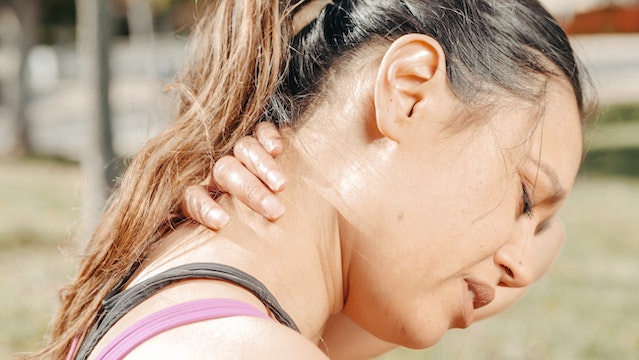
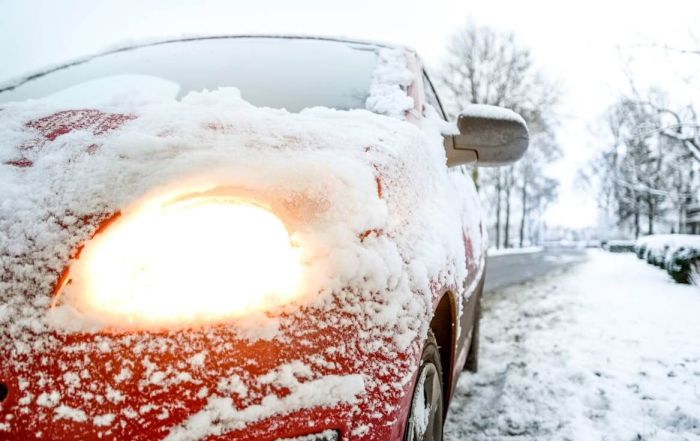
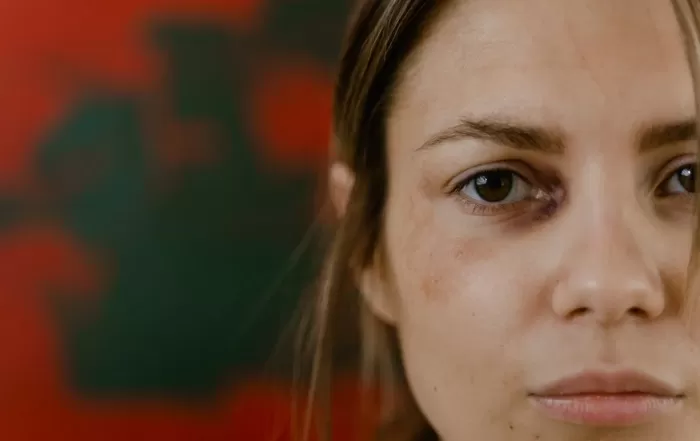
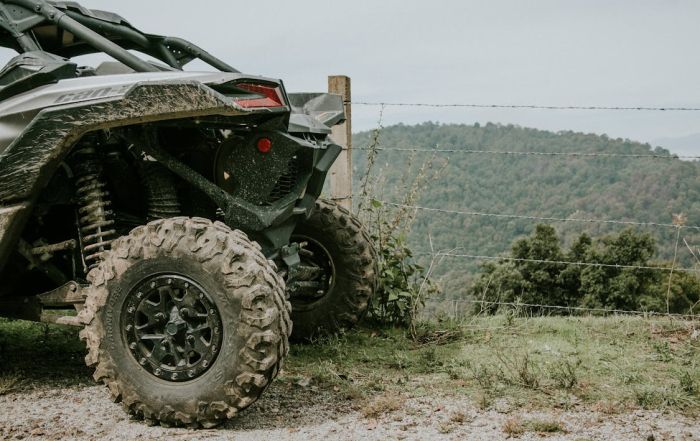

Follow Us